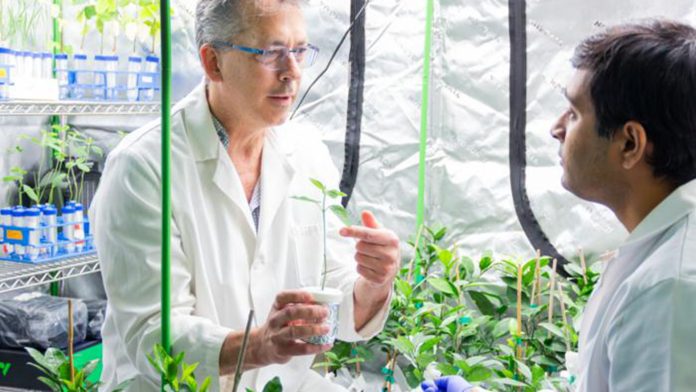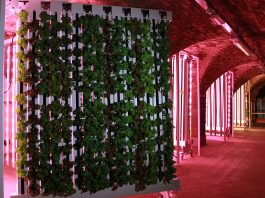Medical models could be a solution to current unsustainable agricultural practices and meet increasing global food demands.
Researchers in the Department of Civil and Environmental Engineering at Carnegie Mellon University are using findings from medical models and digital twin technologies to understand the new field of plant nanobiotechnology.
In a new study published in Nature Nanotechnology, researchers highlight that plant nanobiotechnology approaches can be used to deliver nanoforms of active agents, such as micronutrients or plant protection products, to specific biological targets.
A gap in the market for new agricultural technologies
Currently, agriculture accounts for 14-28% of global greenhouse gas emissions and 70% of all freshwater withdraws.
This, combined with extreme weather events, rampant crop pests, and rapidly degrading soil, underlines the need for new agricultural practices and technologies.
Researchers highlight that plant nanobiotechnology approaches can be used to deliver nanoforms of active agents, such as micronutrients or plant protection products, to specific biological targets.
As a result, plants become more resilient against disease and harmful environmental factors like extreme heat or salt contents in soil, increasing crop yield and overall efficiency.
Challenges associated with implementing medical models
Because plant nanobiotechnology is still in its nascent stages, researchers are still unaware of many of the challenges to implementing new medical models.
“We found that the challenges of using nanocarriers to deliver nutrients in plants parallel those in nanomedicine, which has the advantage of being an established and well-studied field,” explained Greg Lowry, civil and environmental engineering professor at UC Riverside.
“We found that the challenges of using nanocarriers to deliver nutrients in plants parallel those in nanomedicine, which has the advantage of being an established and well-studied field.”
Using digital twins to target nutrient delivery in plants
The study also explored the potentially transformative approach of creating digital twins of plants for assessing the efficacy of different medical models.
Their unique ability to analyse a structure and its surrounding conditions, process the information, and use it to inform, predict, and modify what happens in the physical world has revolutionised the way researchers process data.
Just as medical researchers use digital twin models to simulate how medicines interact with and move within the body, Lowry and his team used ‘digital plants’ to facilitate the design of nanocarriers that target nutrient delivery to selected plant organs.
In doing so, nanocarriers would be better equipped to deliver essential active agents where and when they’re needed most, increasing their effectiveness, resilience to adversity, and overall agricultural output.
Lowry concluded: “The delivery of active agents in plants will transform agriculture, but there are critical technical challenges that we must first overcome to realise the full range of its benefits.
“I’m optimistic about the future of medical models and the beneficial impacts they will have on our ability to sustainably produce food.”








